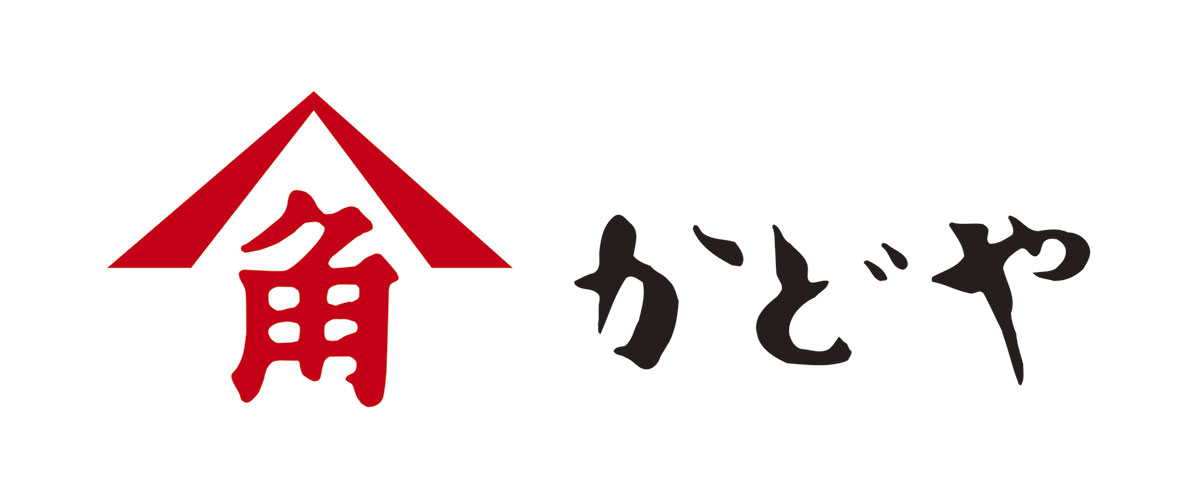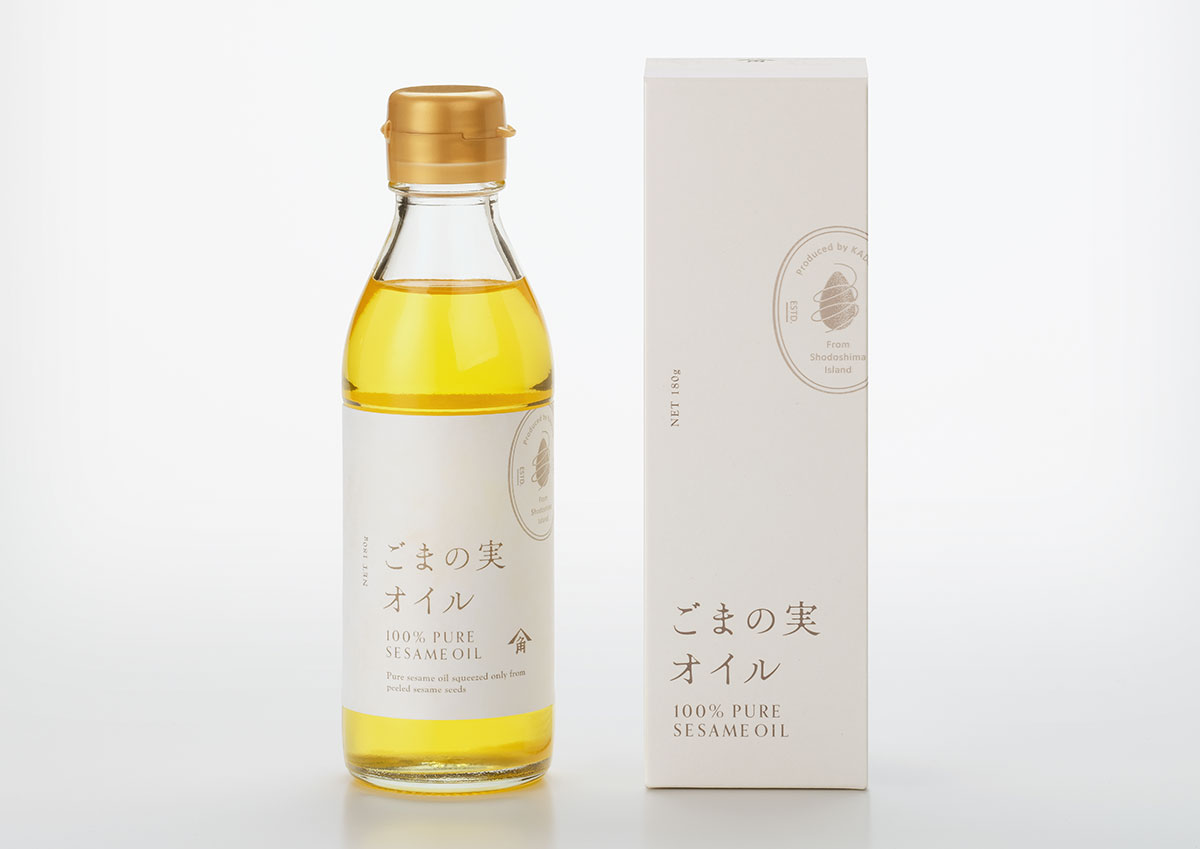Offering a healthy, tasty alternative to oils for recipes, both Japanese and international, Kadoya is growing its business internationally.

By Daniel de Bomford, Bernard Thompson and Sasha Lauture
Shodoshima, nestled in the beautiful Inland Sea of Japan has been called home by Japan’s leading sesame oil manufacturer, Kadoya Sesame Mills Incorporated for nearly 170 years. Its warm dry climate combined with a rich history of agriculture and artisanal production has given rise to a proud culinary culture. Roasting the sesame seeds at high temperatures slowly and evenly, Kadoya carefully cultivates that perfect, deep roasted flavor. Its sesame oil is inseparable from classic staples like stir-fries, soups, noodles, salads and more, both in Japan and across the world. Kadoya has shared its craft with the world, beginning with the United States over 50 years ago and expanding to Europe, Asia and all around the world. Its unparalleled experience in Japanese sesame production gives them unmatched insights and President and CEO Atsushi Kume says its strength lies in its “Made in Japan” quality. “With over 165 years of accumulated history, we have crafted a distinctive Kadoya taste and aroma that sets us apart from competitors.”
Topic 1: Overseas Sales
Since covid, Japanese food exports have soared, and Mr. Kume says sesame oil has benefited from the uplift and interest in health-conscious diets. “The rising demand for sesame oil is attributed to growing health awareness, with people opting for healthier, plant-based oils,” he says. While the US is still Kadoya’s biggest market and particularly among Asian consumers, it exports to over 30 countries and demand is growing worldwide. In particular, South-east Asia is seeing an increase in Japanese restaurants opening, which Mr. Kume attributes to increased tourism from Japan’s regional neighbors.
Topic 2: Product Expansion
Kadoya recognizes its predominant overseas consumers are Asian and it primarily exports a rich, aromatic, well roasted dark sesame oil which is mainly used in Asian cuisine as a key ingredient. However, Kadoya has also taken the initiative and created new product lines, leveraging its vast experience with sesame.
Topic 3: Growing Popularity of Sesame Oil
While sesame oil has long been a staple of Asian cuisine, its growing popularity has increased demand. Kadoya is cognizant of providing products that are curated to the preferences and palates for its varied customer base. One such consideration is scent; Kadoya produces oils of varying strength that in Asia might trigger a familiar response and hunger but may not have the same effect in the US. “As we adapt to Western cuisine, sesame oil with mild aromas may have promising growth potential,” he explains.

Topic 4: Initiatives for Mainstream Use
Mr. Kume says it is essential to expand beyond simply Japanese cuisine—despite the increased global profile—and adapt its products to local cuisines. “Understanding the locality, culture, and cuisine is crucial for tailoring our products to each market,” he says. By creating new recipes tailored for new localities and cuisines—such as barbeque, hamburgers, French or Italian, Mr. Kume hopes that sesame oil will become a part of people’s daily lives. For this reason, Kadoya is planning tasting in supermarkets and considering partnering with culinary schools to help consumers and chefs alike become comfortable with sesame oil.
In response to the growth, Kadoya has acquired both kosher and halal certifications. 90% of its exports currently go to North America, where the population continues to increase providing short and medium-term growth opportunities. “We began exporting to the US more than 50 years ago, serving households, businesses, restaurants, and as processing ingredients,” Mr. Kume says. Kadoya does not face meaningful competition from US based sesame oil producers, which creates significant opportunities for it in the market.
While the majority of Kadoya’s international business remains in North America, Mr. Kume sees Asia as a viable market. He explains, “Our halal products are primarily targeted at the Asian market, especially in Indonesia, where there is a large Muslim population.” While kosher and halal weren’t initially a major part of its strategy, Mr. Kume says that they may be effective at breaking into new markets. “Acquiring halal and kosher certification was part of our expansion to accommodate a wider range of preferences,” he says. In contrast to the US, Asia already has a developed sesame oil sector, so Kadoya has adjusted its strategy. “We position our products as high-end sesame oil, and as the wealthy population in Asian nations grows, we see promising business opportunities in the future,” he says.
Topic 5: Sesame Farmers Support Project
Beyond producing sesame products, Kadoya has been engaging in support for small-scale sesame farmers around the world. Sesame cultivation is laborious and difficult to mechanize, almost entirely done by hand. Japan imports almost all of its sesame from overseas from countries such as Tanzania, Nigeria and Paraguay. Many of the farmers had learned to cultivate and produce sesame without support. Kadoya, through its partners, has assisted these primary producers through guidance, agricultural technicians and support, aiming to improve the volume and quality of their yields, therefore increasing their income. Through Kadoya’s guidance, farmers have seen a dramatic improvement, and the program persists, forging and strengthening long term partnerships between Kadoya and its suppliers.
Topic 6: Sesame nutrition education in elementary school
Since Kadoya’s founding, it has produced sesame products on Shodoshima in the Kagawa Prefecture, prioritizing consistent taste and quality. With the desire to “create opportunities for the future smiles of the island’s children through local production for local consumption activities and sesame,” it has implemented Sesame Nutrition education in the local elementary school. Through this program, it aims to contribute to a healthy and prosperous Shodoshima community through sesame. All of Kadoya’s products are designed and produced domestically. “Our sesame oil is produced in our Shodoshima factory, where we have preserved our traditional craftsmanship for nearly 170 years,” Mr. Kume says.
Kadoya’s holistic strategy of supporting growers, manufacturing locally and collaborating with global tastemakers to tailor its product to local preferences has already shown success. With demand for sesame oil increasing through a combination of health trends and the increasing popularity of Japanese food–Kadoya is set to continue its reign as the global standard of sesame oil.
0 COMMENTS